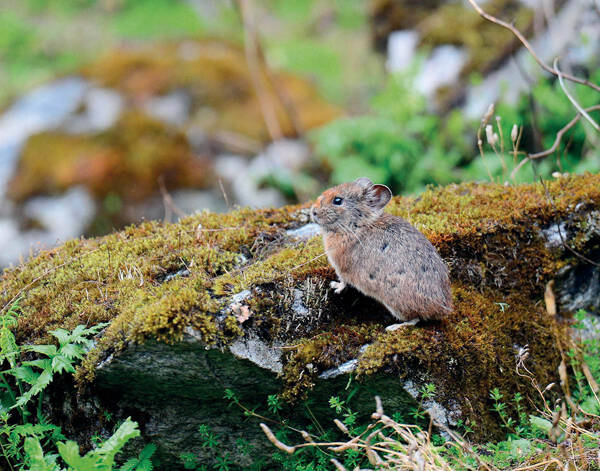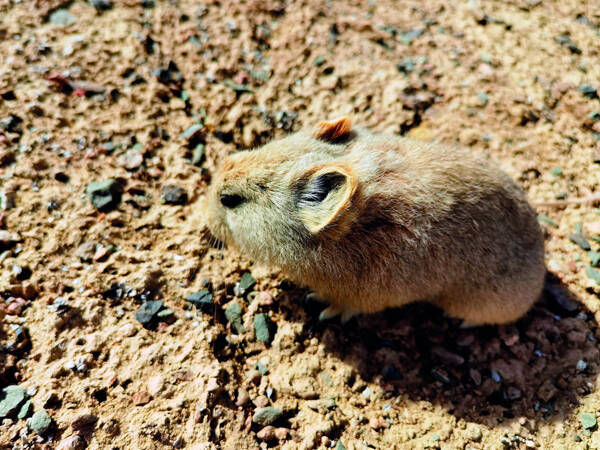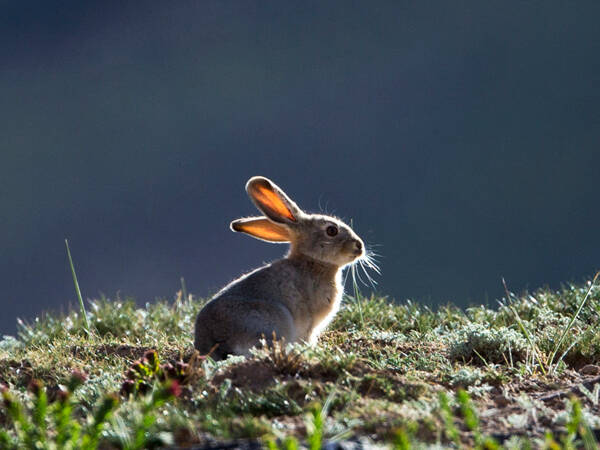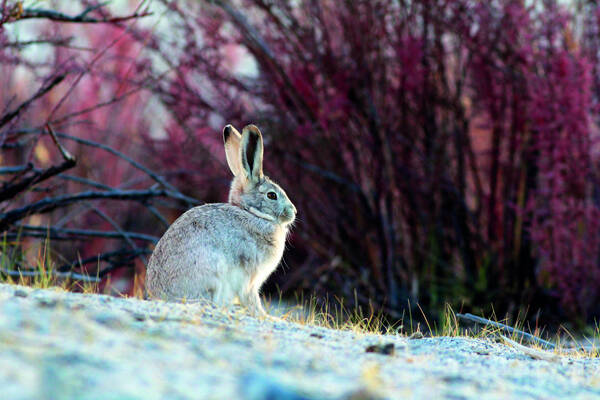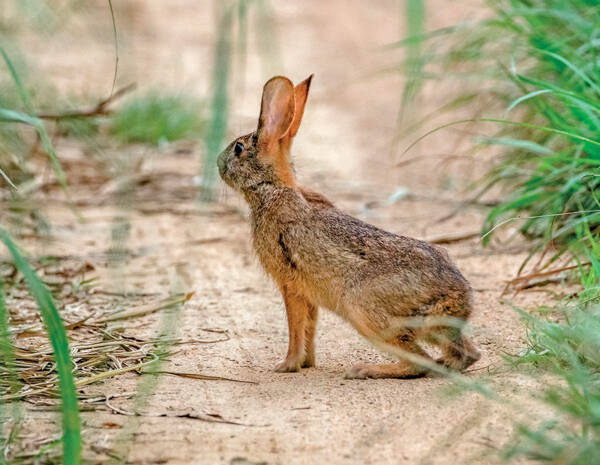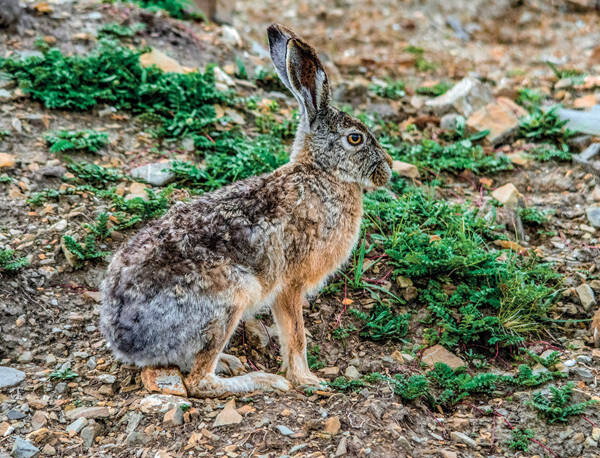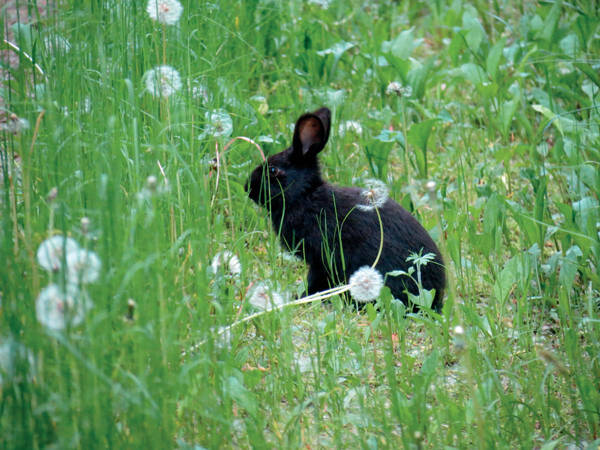Ochotona roylei
IUCN
LCBasic Information
Scientific classification
- name:Ochotona roylei
- Scientific Name:Ochotona roylei
- Outline:Lagoiformes
- Family:Lagomorpha Ochotonidae Ochotona
Vital signs
- length:155-195mm
- Weight:
- lifetime:
Feature
Its body shape is similar to that of a big-eared pika, and its forehead is dyed rusty brown.
Distribution and Habitat
In China, it is only distributed in southern Tibet, with a large population in Linzhi. Abroad, it is distributed in Nepal and India. The origin of this species is in the Punjab region of India.
The gray mouse rabbit lives in piles of rocks and moraine in mountain forests with a relatively humid climate.
Appearance
The individual is medium to large. Body length is about 180mm. The ears are larger, 26-32mm. Hind feet length 28-32mm. Color variation is large, with summer coat colors ranging from iron gray, dark gray to brown. Gray and black are the main colors. There are usually rust-colored patches on the nose and forehead. Sometimes the black tint is noticeable throughout the back. The ventral base of the hair is gray and the tip of the hair is grayish white. The back of the front and rear feet is white. The feet have less hair, and the claws are exposed outside the hair. The most important appearance features are large ears with less hair, and the characteristic feature of the skull is the foramen ovale on the frontal bone. The auditory bulla is small, less than 23% of the total length of the skull. The nasal bones are relatively short, less than 15mm; the palate length is less than 17.5mm. The incisor and palatine foramen merge into one large foramen.
Details
The gray mouse rabbit belongs to the subgenus <Conothoa>, and its species-level classification status is stable. However, it is often confused with the big-eared mouse rabbit (<Ochotona macrotis>) in identification, especially because the color variation of the two species is large, and the amount of hair on the ears is also a relative concept. However, the skulls of the two species are quite different. The length of the auditory bulla, the length of the nasal bone, and the length of the palate are the main identification criteria, and they can be accurately separated. The nasal bone of the big-eared mouse rabbit is longer than 15mm, the palate is longer than 17.5mm; the auditory bulla is longer than 23% of the total skull length.
The gray mouse rabbit feeds on weeds and also eats young leaves and stems of bushes. It forages around the stone slopes at night. The breeding season is from May to August.
This species is listed in the 2013 Red List of Threatened Species of the World Conservation Union (IUCN) ver3.1--Vulnerable (VU).
